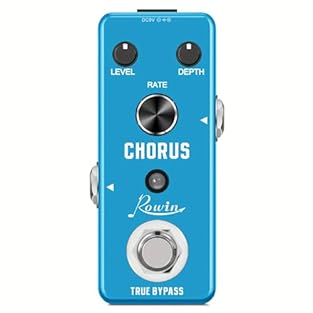Description
JAM Guitar Pedals are fresh in, this is a New one & the Just Pedals team think it is a very nice one too. Good news ! This can be delivered straight to your door, quickly and securely, anywhere in the UK & Europe. For more info on this New Guitar Pedals, please read on for full details, demos, videos, reviews and order online.
We’d all like a glistening chorus to spice up our tone, whether we’re using a guitar, bass or synth. Luckily enough, Jam Pedals delivers with the Waterfall!
A fully analogue chorus effect, the Waterfall produces a splashy, lively texture that blends well with overdrive and time-based effects. This isn’t your standard flat sounding chorus– the Waterfall adds depth to any situation thanks to its high-quality components.
Dig into classic Leslie speaker effects, contemporary ‘wet’ blend chorus and wacky waves of sound with the use of two simple depth and speed dials and two selector switches. Refreshing.
Here’s what Jam Pedals say about the Waterfall Chorus:
A JAM pedals favorite for a lot of guitar, bass and keyboard players, the WaterFall is serving as a mainstay on boards of such greats as John Scofield, Nels Cline, Steve Lukather, Anthony Jackson and John Mesdeski for many years now, and has established itself as one of the best analog chorus/vibrato pedals in the market.
It features the MN3207 BBD chips, 2 toggle-switches, the first to select between chorus and vibrato modes, and the other to switch to a “wetter” effect resulting in a deeper, more contemporary sounding chorus, or a more intense, deranged vibrato sound! Max out the Depth and Speed controls to get Leslie-speaker type effects!
The WaterFall is an extremely versatile, rich, 3D sounding, tone-machine that has converted even the most rigid of chorus-haters!
The WaterFall features soft-click (relay) switching.
ARTISTS QUOTES
“I like the WaterFall pedal and use it a lot now. It does what my old chorus did and some cool new stuff that I’ve never heard before!” – John Scofield
“I love this pedal (WaterFall), it sounds great and mixes well with other effects! It’s always on my pedalboard nowadays!” – Steve Lukather
“The WaterFall introduces itself as a chorus pedal but is much more than that. I use it for rotating speaker sounds as well as for amazingly wild, wobbly pitch-shifting effects that are like nothing else out there. Very special.” – Nels Cline
“I have only used chorus effects in the past to replicate a leslie. The WaterFall chorus is a textural dynamo. I use it to create moist soundscapes that warble and flow at the same time. You step on it and the ‘wow’ factor is engaged.” – Greg Koch
“The WaterFall is a great chorus and vibrato, and I use both effects to get this kind of weird but pleasant slight out-of-tuneness!” – John Abercrombie
“The WaterFall may appear to be a standard box, but its audio quality is clearly exceptional in the field. Jannis is attentive to circuit design and is continually upgrading. As well, he does serious custom work. My verdict? A major recommendation.” – Anthony Jackson
“…the WaterFall is the best sounding chorus pedal I have heard…” – Julien Kasper
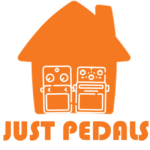
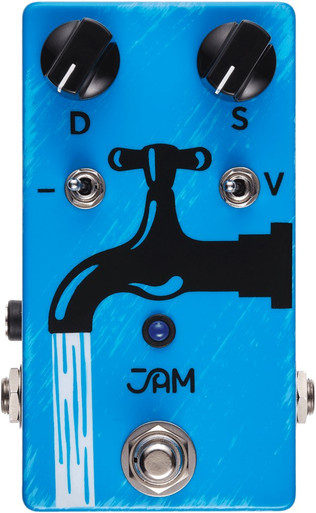



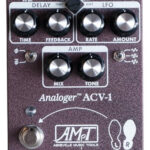
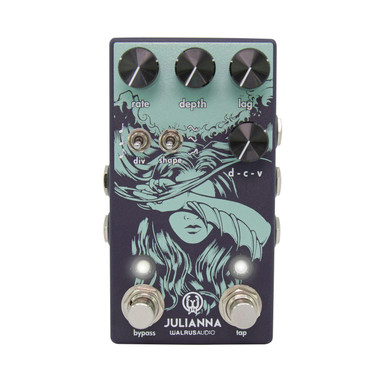
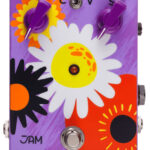
![[Pure Analog Chorus Effect] Donner Tutti Love pedal reproduces the classic warm jazz chorus tone with a natural wave curve. Suitable for jazz, rock, and pop, for both electric guitar and bass. [Flexible Chorus] Tutti Love offers easy in/out and an ex...](https://m.media-amazon.com/images/I/41h9G0vu1UL._SL313_.jpg)
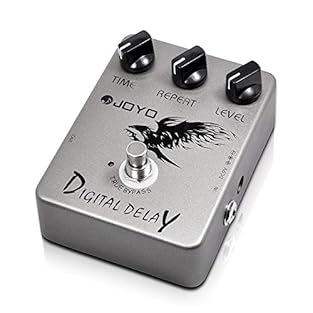

![[High Performance Digital Converter]: Features a 96KHz, 24 bit digital to analog converter delivering ultra low noise for pristine sound quality and a typical dynamic range above 100 decibels. [Zero System Delay]: Utilizes an analog pass through circ...](https://m.media-amazon.com/images/I/41ZUvyYyTKL._SL313_.jpg)
